As I see it…
I don’t know if Peter Zeihan is always correct, but he is interesting and thought-provoking. His recent video, The Geopolitics of Climate Change, talks about how long before we can navigate and mine in the Arctic as ice melts. He also pointed out the declining population of Russia and China, related to last Tuesday’s post, Fertility Rates and Population. He ends with discussions on wheat production and how, due to globalization, we grow wheat in marginal places. If globalization collapses, as he expects it to, wheat crops will fail, and we’ll see a lot of famine. This one is worth watching.
The first part of the video got me thinking about how climate change is perceived. The media narrative is that climate change is all bad and we are all going to die. It hasn’t been selling well, and I wonder if that is because enough people see warming as good. Opening up the Arctic for exploration, faster shipping, and mining seems like a win. For those living farther north, the warming we have already experienced seems good. In Ithaca, NY, nighttime temperatures in the winter have gone up, decreasing home heating costs. Sure, those in the south may be paying more for cooling, but my point is that so far climate change may be perceived as a win for some, and if it is viewed as a win, then why stop it?
As I see it, this leads to another problem, and that is who gets to set the global temperature? Let’s consider this from the sense that if we could affordably pull carbon from the atmosphere, who decides the atmospheric carbon levels? The country that has the technology? The U.N.? Do we agree on some preindustrial level even though some in the north would prefer it higher? A bit of an esoteric question but worth thinking about.
Going back to the first point that some or many may see warming as good is something the media needs to consider. If they keep saying warming is all bad while some think to themselves that the warming is nice and saving them heating costs, then you have a real disconnect. The answer here isn’t that these people are dumb so we can ignore them. The media has to realize that for lower-income people, saving money today is a priority. Worrying about climate change or the future in general, in many ways, is something wealthier people get to do.
The discussion on climate change needs more nuance. In the end, I’m with Zeihan in that I think collapsing populations in places like China are going to cause problems before climate change.
How hot was December 2024?
Speaking of climate change, here is the monthly update. The first graph is December anomalies. 2024 will be a neutral year, and it is about where we would expect it to be if we follow the trend from the gray neutral years. But, it could end up being a La Niña, in which case it is on the high side. ENSO stats are determined by an average of the given month and the one before and after it.
The second graph is all months. Again, if the black bar ends up being a neutral month, then the anomaly is in line with what we would expect If La Niña, then it is higher then expected. Here is what NOAA says
The December global surface temperature was 1.26°C (2.27°F) above the 20th-century average of 12.2°C (54.0°F), making it the second-warmest December on record. This was 0.13°C (0.23°F) below last year's record warm month. December 2024 marked the 49th consecutive December (since 1975) with temperatures at least nominally above the 20th-century average.
The dividing country
The article Romantic Recession: How Politics, Pessimism, and Anxiety Shape American Courtship from AEI (1/29/2025) is rather depressing.
Most single Americans who have never been married still aspire to find a partner, but when it comes to dating, confidence and hopefulness are in short supply. Most single men (57 percent) and single women (54 percent) feel pessimistic about finding a partner they would be happy with.
It is a good article with 10 graphs. Let’s look at 2.
I get that all of us generally don’t like having the other side win an election, but 27% of single women and 16% of single men are frightened. I find this poll frightening, and I put the blame on the media and higher ed. The media is pushing fear and catastrophe because it sells. Higher education has a large emphasis on safetyism, and you need to be safe from all the bad things in the world. None of this is helping people, and we did all survive Trump’s first term, so why are so many frightened? In the end being freightened is unproductive, let’s focus on being resilient and prepared to deal with life.
The second graph is another product of our higher education system.
73% of college-educated single women are somewhat or less likely to date a Trump supporter. Where does this come from? One thing I can say it that it likely doesn’t come from all the conversations they’ve had with Trump supporters. It comes from the media they consume and what they are told on campus. All this happens on our “inclusive” campuses.
The media and higher education’s divisiveness and demonizing of those they disagree with is a problem. In the end, the dating scene is a mess. From dating apps to the reasonable fear men have of saying the wrong thing to a woman to everyone sitting at home in front of a screen, we’ll be lucky if the fertility rate isn’t zero before too long. Meanwhile, married people report being happier. Maybe it is a good time to invest in Prozac.
Meanwhile, the U.S. leads in drug issues
The data in the article From Opioids to Cannabis: Global Substance Trends (1/10/2025) from the World Population Review Newsletter is from 2019, but still the U.S. had an opioid death rate almost twice that of second place Estonia and a 50% higher prescription drug misuse than second place Australia.
Historically low natural gas prices
From the eia. The question I have here is how this impacts solar and wind energy. If natural gas prices are low and hence electricity from natural gas, I have to figure that depresses investment in solar and wind.
Data center update
To get a sense of how much money is involved in the data center world, the article Data center M&A deals surpass $73bn - Synergy (1/29/2025) provides this graph.
Data center mergers and acquisitions (M&A) enjoyed a record year in 2024, new analysis has revealed.
The spinning CD
Please share and like
Sharing and liking posts attracts new readers and boosts algorithm performance. I appreciate everything you do to support Briefed by Data.
Comments
Please let me know if you believe I expressed something incorrectly or misinterpreted the data. I'd rather know the truth and understand the world than be correct. I welcome comments and disagreement. We should all be forced to express our opinions and change our minds, but we should also know how to respectfully disagree and move on. Send me article ideas, feedback, or other thoughts at briefedbydata@substack.com.
Bio
I am a tenured mathematics professor at Ithaca College (PhD Math: Stochastic Processes, MS Applied Statistics, MS Math, BS Math, BS Exercise Science), and I consider myself an accidental academic (opinions are my own). I'm a gardener, drummer, rower, runner, inline skater, 46er, and R user. I’ve written the textbooks “R for College Mathematics and Statistics” and “Applied Calculus with R.” I welcome any collaborations. I welcome any collaborations.





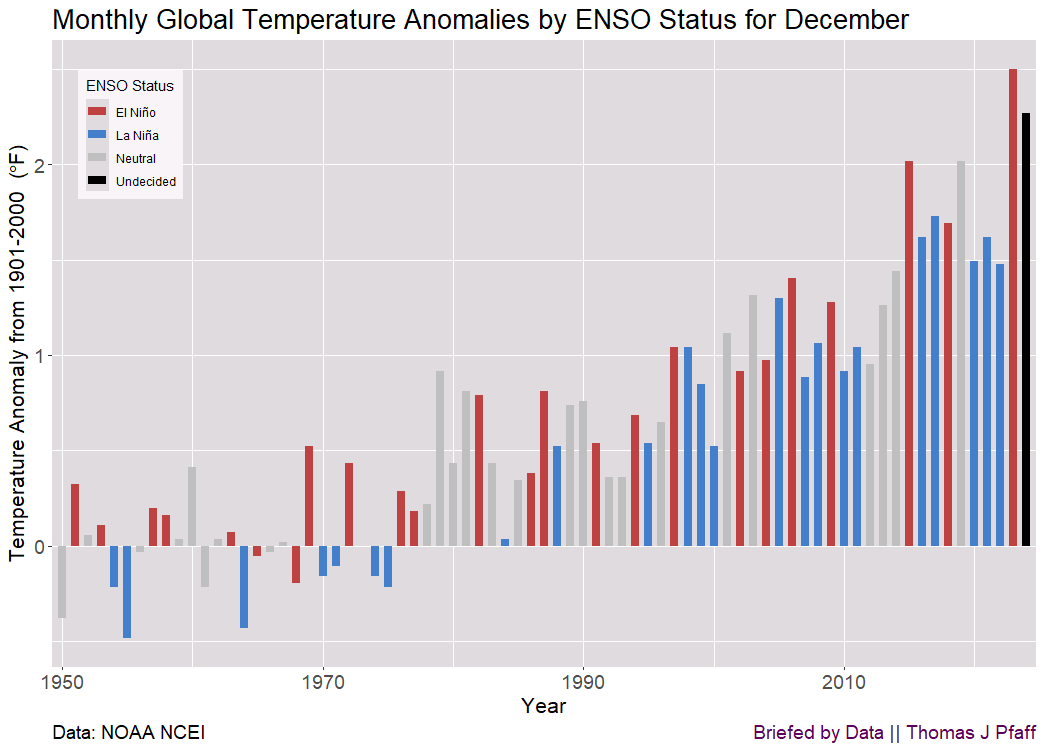
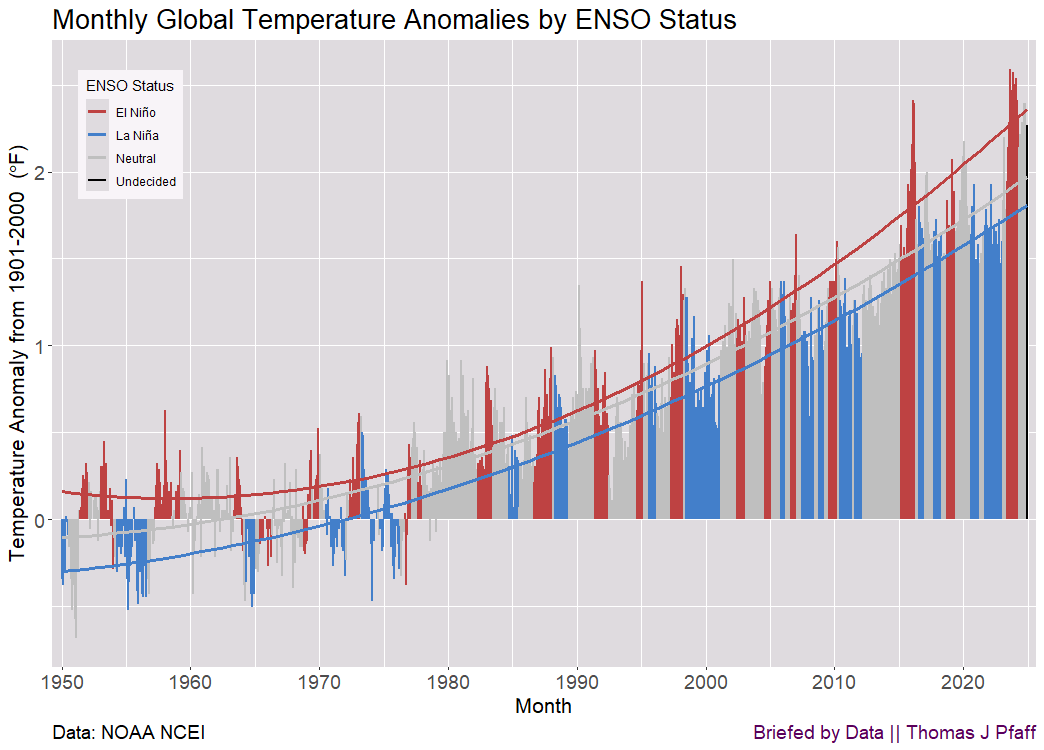
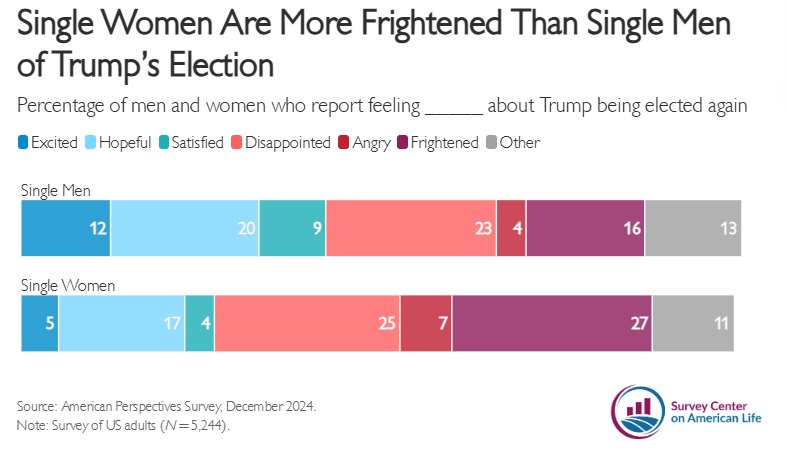
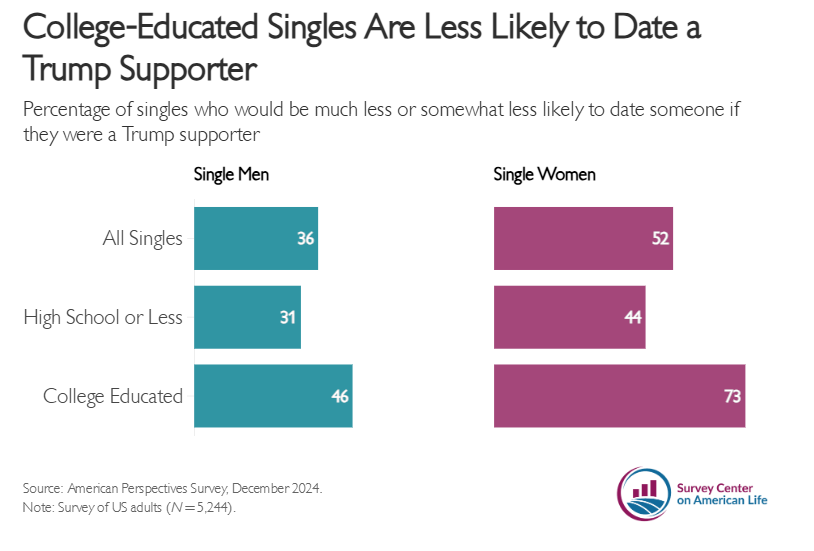
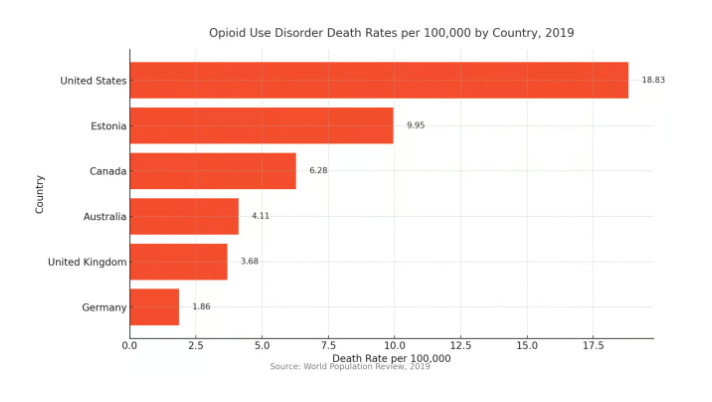
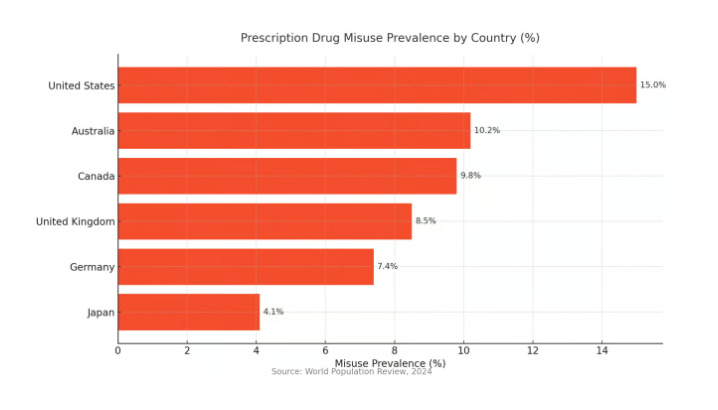
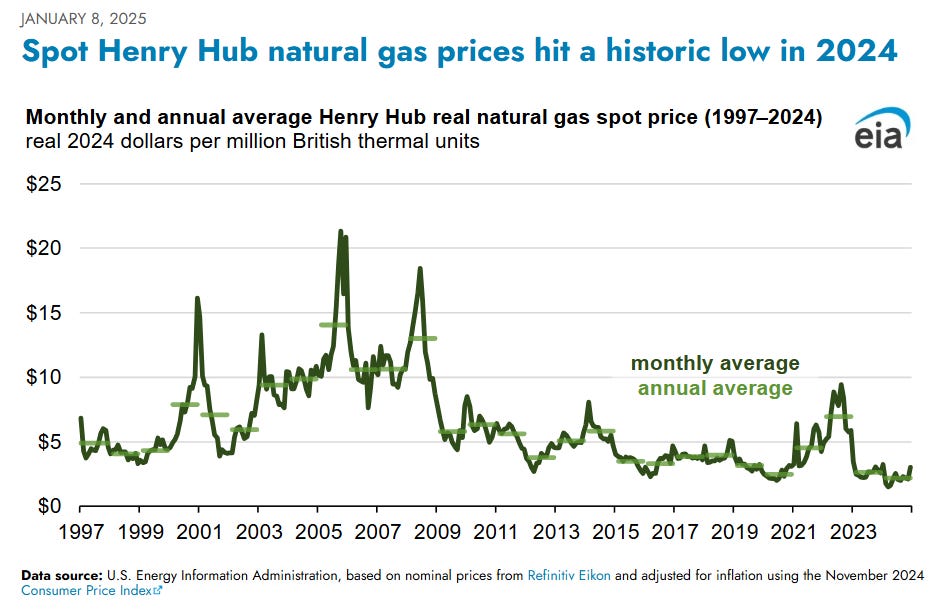
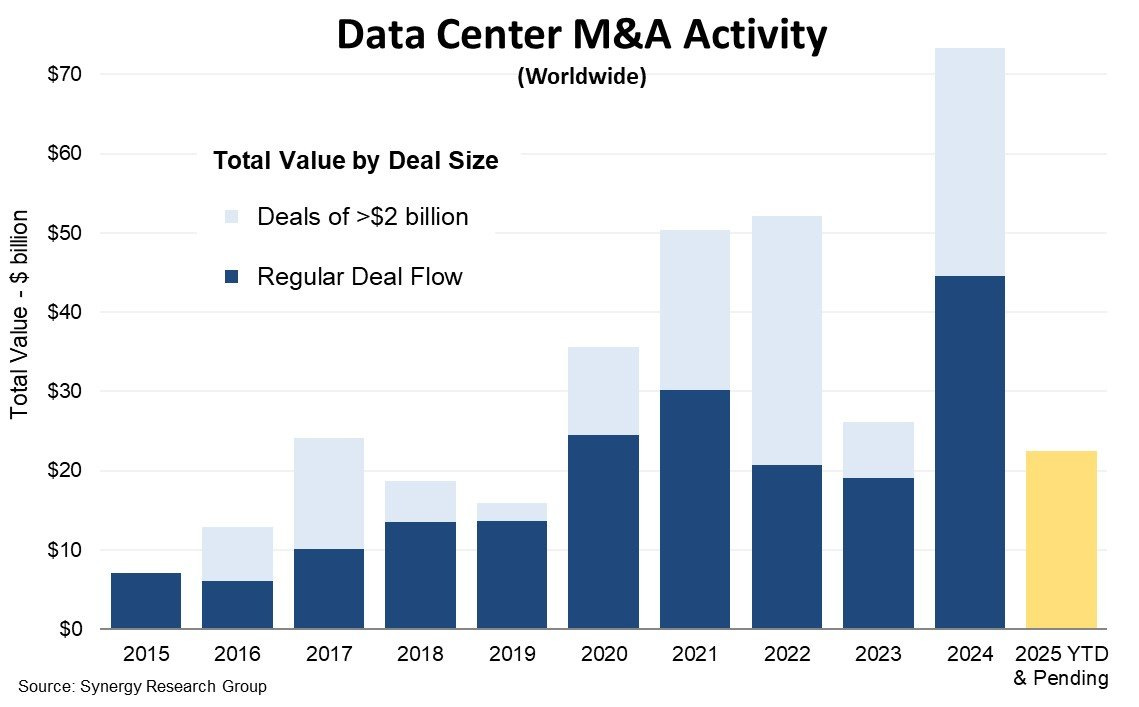
I strongly recommend the book "The Price is Wrong" by Brett Christophers for an in depth look at renewable energy markets. Christophers makes the point that under market systems, it is not energy prices or PV panel prices or wind turbine prices that determine the level of investment in renewable energy. It is expected profit, or return on investment.
He makes the further point that everywhere around the world, renewables are subsidised, In the US, for PV there is the Investment Tax Credit, and for wind, the Production Tax Credit. For both, there are various de-risking schemes to blunt the effects of electricity price volatility. So the price of gas may or may not matter: it depends.
The key point of the book, that investment depends on profit, not price, is not widely appreciated.
https://www.amazon.com/Price-Wrong-Capitalism-Wont-Planet/dp/1804292303
The hypothetical, "if we could affordably pull carbon from the atmosphere" is true. The search phrase you want is "enhanced weathering of olivine minerals". The required technologies--mining, rock crushing, bulk land and sea transport--already exist at gigaton scales so there are no supply chain constraints. The cost is of the order of hundreds of billions per year, small for a $100 trillion world economy.
There is a small but growing scientific literature, for example https://www.sciencedirect.com/science/article/pii/S0016703723004349
(This is one of many little things that led me to my earlier comment that global political elites do not believe in climate change. There is, in fact, an easy, cheap, and fast solution to the problem.)